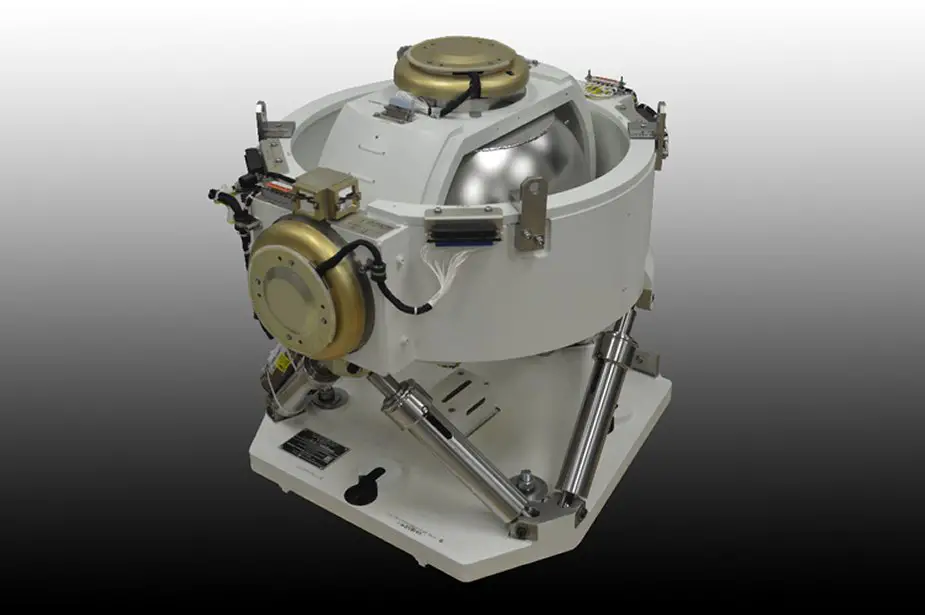Breaking news
Delivery of 500th AN/WSN-7 Inertial Navigation System to US Navy by Northrop Grumman.
According to a press release published by Northrop Grumman Corporation on October 14, 2021, the company has delivered the 500th WSN-7 ring laser gyroscope inertial navigation system (INS) to the U.S. Navy.
Follow Navy Recognition on Google News at this link
 The WSN-7 navigation system (Picture source: Northrop Grumman)
The WSN-7 navigation system (Picture source: Northrop Grumman)
Beginning with the first gyroscope installed on USS Utah (BB-31) in 1911, Northrop Grumman has built a reputation as an industry leader and partner with the U.S. Navy in navigation, positioning and sensing systems. Today, the AN/WSN‑7 is the U.S. Navy Program of Record for INS on all surface combatants equipped with AEGIS weapons systems (Ticonderoga-class missile cruisers; Arleigh Burke-class destroyers), all Nimitz-class aircraft carriers, amongst other U.S. and allied vessels.
The AN/WSN‑7A is the U.S. Navy Program of Record for all Los Angeles-class, Sea Wolf-class and Virginia-class submarines, and provides the same level of performance and accuracy as the AN/WSN‑7, in a modified form factor fit for subsurface use.
Northrop Grumman’s broad range of assured positioning, navigation and timing (A-PNT) systems provide precise, survivable, secure, resilient and agile solutions for sea, land, air and space.
The Inertial Navigation System (INS) AN/WSN-7 is a passive shipboard navigation system which will automatically and continuously calculate and indicate ship's position, attitude, heading and velocity in relation to the earth's rotation. The INS senses motion (inertial), gravity and earth rotation in the performance of its navigation functions.
Additionally, the INS receives externally supplied GPS updates and ship's speed through the water. The standard shipboard configuration consists of two fully independent, self-contained INS cabinets, which provide full redundancy and increased survivability. The system is capable of worldwide operation without the need for external position reference information for prolonged periods of time. During mission performance, the INS will not be susceptible to jamming or detection by enemy forces.





























